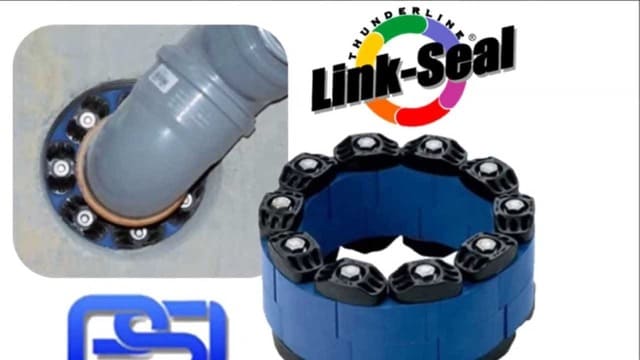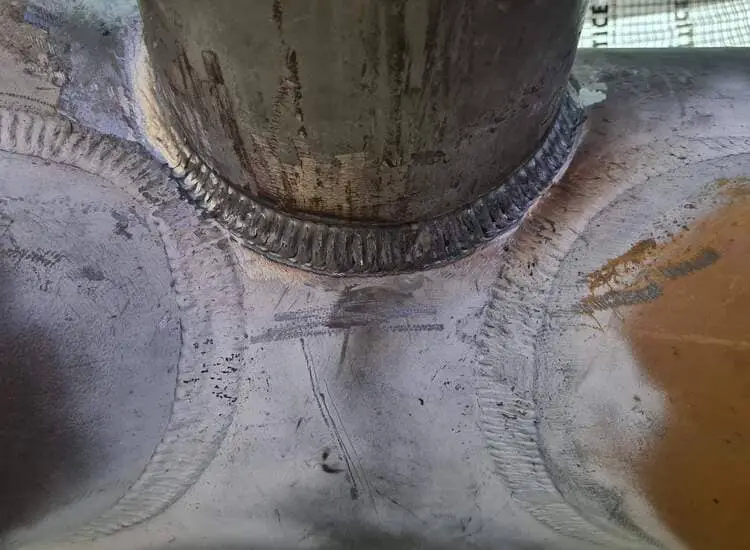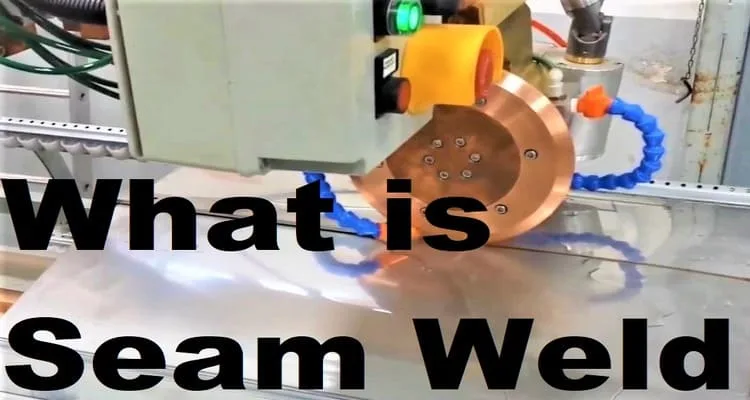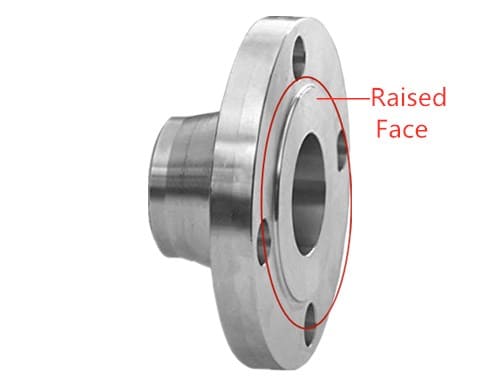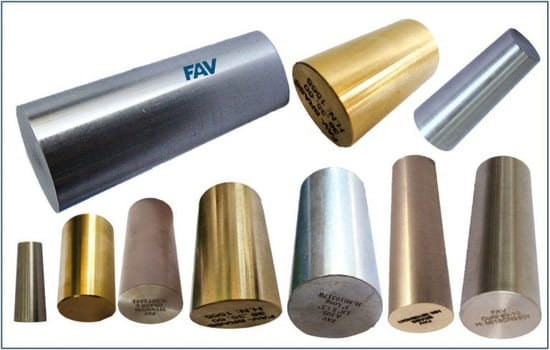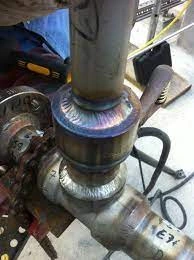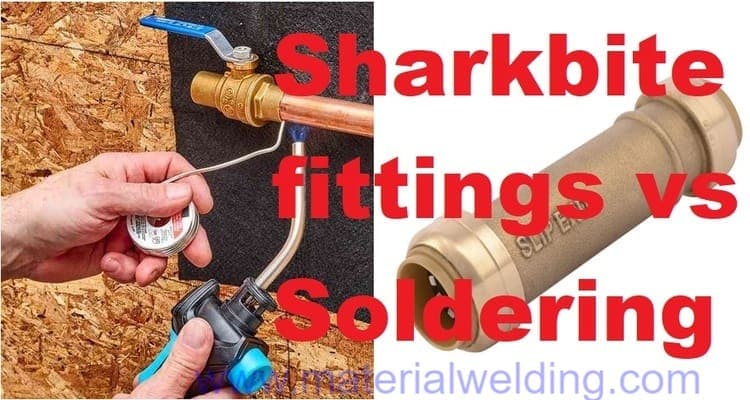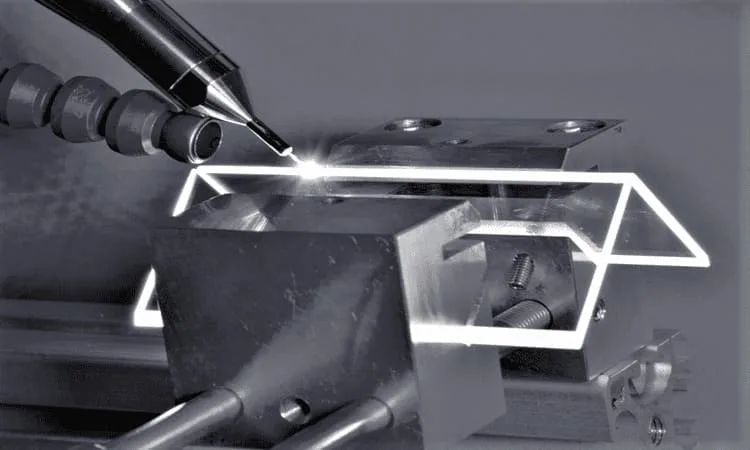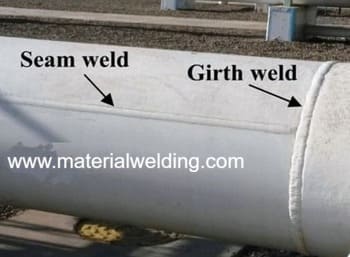Seal Welds
Seal welds is a type of weld joint placement that provides an air-tight and water-tight connection for pipes or any other weld configuration.
Seal welds are a specific type of welding commonly used in a variety of industries, such as construction, manufacturing and automotive repair.
Seal welds have unique properties that make them suitable for certain applications where strength, corrosion resistance and water& air-tightness are critical.
Seal welds are often employed in the production of products which require a high level of sealing integrity and strength.
In this article, we will examine what seal welds are, how they work, and the benefits offered by using them.
What is Seal Weld?
A seal weld is a type of weld that is intended to create a hermetic seal between two components or surfaces.
As per the AWS A3.0 standard, a seam weld is a type of weld that is intended to create a specific level of tightness to prevent any leakage.
This means that a seam weld is designed to create a hermetic or pressure-tight seal between two surfaces or components.
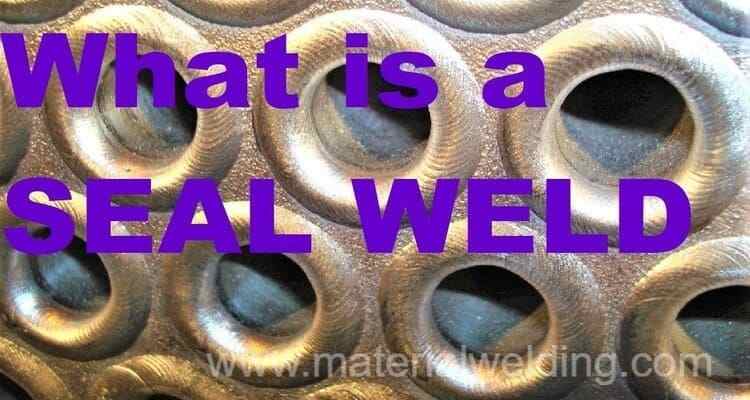
The level of tightness required for the seam weld is typically specified in the design or engineering requirements for the application, and the seam weld must be designed and executed in a manner that achieves this level of tightness.
It is typically used in applications where a leak-proof or pressure-tight seal is required, such as in the construction of pressure vessels, pipelines, or other equipment that must contain or transport fluids or gases under high pressure or in hazardous environments.
The weld is designed to prevent any material from escaping or entering the sealed area, and is typically performed using specialized welding techniques and materials to ensure a strong and durable bond.
What are Seal Welds used for?
Seal welds are commonly used in applications where a leak-tight seal is required to prevent any material from escaping or entering a confined area.
Some of the common applications of seal welds include:
- Pressure vessels: Seal welds are used to join two components of a pressure vessel, such as the shell and the head, or to attach nozzles to the vessel, to ensure a pressure-tight seal.
- Pipelines: Seal welds are used to connect pipeline sections or to attach fittings such as valves and flanges, to prevent leaks and maintain the integrity of the pipeline.
- Storage tanks: Seal welds are used to join the various components of a storage tank, such as the shell, the roof, and the bottom, to ensure that the stored materials do not leak out.
- High-temperature applications: Seal welds are used in high-temperature applications to prevent material from escaping or entering a confined area and to protect against thermal stresses.
- heat exchanger tube-to-tube sheet joints: seal welds are also commonly used in heat exchanger tube-to-tube sheet joints. In these joints, the tubes are welded to the tube sheet to create a seal that prevents any leakage of the fluid being exchanged between the tubes and the surrounding environment. Seal welding in tube-to-tube sheet joints is critical because any leaks could lead to a loss of efficiency or performance in the heat exchanger, or potentially cause safety hazards.
- Hazardous environments: Seal welds are used in hazardous environments to prevent the leakage of hazardous materials and to protect against environmental contamination or safety hazards.
How to Achieve a Seal Weld?
Seam welds are commonly used in a variety of applications where a leak-tight seal is required.
For example, in pressure vessel construction, seam welds are used to join two components of a pressure vessel, such as the shell and the head, or to attach nozzles to the vessel, to ensure a pressure-tight seal.
Seam welds are also commonly used in pipeline construction to connect pipeline sections or to attach fittings such as valves and flanges, to prevent leaks and maintain the integrity of the pipeline.
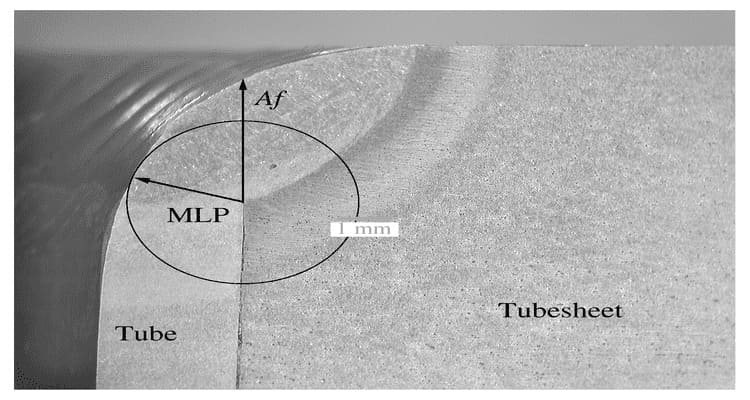
To achieve the required level of tightness in a seam weld, the welding process must be carefully controlled and executed. Ensure that the fit-up is tight, with minimal gaps or misalignments.
This includes the selection of appropriate welding materials, the design of the weld joint and weld bead shape, and the execution of the welding process with appropriate welding parameters such as heat input and weld size.
In addition, non-destructive testing methods such as radiography, ultrasonic testing, or dye penetrant testing may be used to verify the quality and integrity of the seam weld.
Overall, the goal of a seam weld is to create a strong, durable, and leak-tight seal that ensures the safety, efficiency, and performance of the application.
AWS Seal Weld Symbol
AWS A2.4 is a standard that outlines the requirements for welding symbols used in engineering drawings, blueprints, and other technical documents.
According to this standard, if the primary purpose of a weld is to provide a seal, it should be indicated in the tail of the welding symbol as a “seal weld.”

The use of a seal weld symbol is important because it communicates to welders and inspectors that the weld must be leak-proof and meet certain quality standards.
A seal weld is typically used in applications where there is a high risk of fluid or gas leakage, such as in pipelines, pressure vessels, and other types of equipment.
In addition to specifying that the weld is a seal weld, the welding symbol must also include other information such as the size, length, and type of weld to be used to ensure a effective seal weld joint.
It may also specify the welding process to be used, any special requirements or instructions, and the location of the weld on the joint.
Seal weld vs Socket Weld
Seal welds and socket welds are both types of welds used in industrial piping and equipment, but they serve different purposes.
A seal weld, as the name suggests, is a type of weld used to create a completely leak-proof seal in a joint. Seal welds are typically used in applications where there is a high risk of fluid or gas leakage, such as in pipelines, pressure vessels, and other types of equipment.
Seal welds are indicated by a special symbol on engineering drawings and must meet certain quality standards.
On the other hand, a socket weld is a type of weld used to join pipes and fittings together.
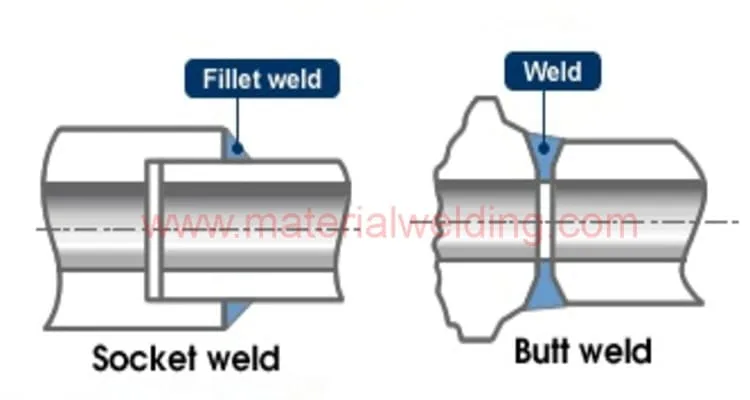
It is typically used in small-diameter piping systems (2 inches or less) and is used to provide a smooth, clean connection that is easy to install and maintain.
Socket welds are indicated by a different symbol on engineering drawings and are typically used in applications where there is less risk of leakage or where disassembly may be required.
In terms of their construction, seal welds and socket welds are also different. Seal welds are typically full-penetration welds that completely fill the joint, while socket welds are partial-penetration welds that do not completely fill the joint.
Additionally, seal welds are typically used in thicker materials, while socket welds are used in thinner materials.
Seal Weld vs Fillet Weld
A seal weld is a type of weld used to create a completely leak-proof seal in a joint, typically in applications where there is a high risk of fluid or gas leakage, such as in pipelines and pressure vessels.
The weld for a seal weld can be a:
- Fillet Weld,
- Groove Weld,
The main objective of seal weld to ensure a leak-tight welding joint.
Seal welds are indicated by a special symbol on engineering drawings and must meet certain quality standards. A seal weld is typically a full-penetration weld or a full-fillet weld that completely fills the joint, creating a continuous, smooth surface.
In contrast, a fillet weld is a type of weld that is used to join two pieces of metal together at a right angle.
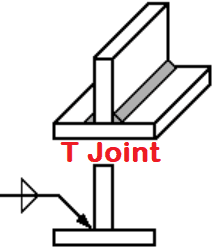
Fillet welds are typically used in applications where strength is the primary concern, such as in the construction of buildings, bridges, and heavy machinery.
A fillet weld is typically a partial-penetration weld that does not completely fill the joint, creating a triangular-shaped cross-section.
While both seal welds and fillet welds are used in welding, they serve different purposes and are used in different applications.
Seal welds are used to create a completely leak-proof joint, while fillet welds are used to provide strength and support at a joint.
The welding techniques used to create these two types of welds may also be different, depending on the specific application and requirements.
Seal Weld for Threaded connection
If seal welding is used on threaded joints, the material being used for welding must be able to withstand it.
It is not recommended to use threaded joints and fittings for general chemical service, corrosive fluid, or steam service.
To prevent leaks, the use of threaded joints and unions should be minimized and only used when necessary for pipe work fabrication.
However, if they are used, enough should be provided to allow for disassembling of the pipe work for operational, maintenance, and inspection needs, including for shutdown and gas freeing.
